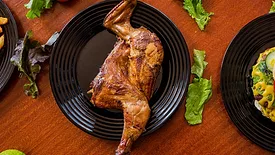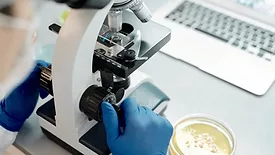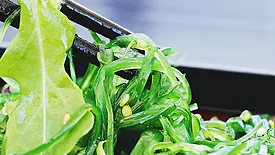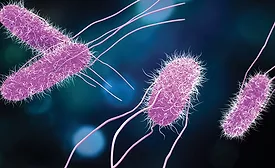Home » Keywords: » pathogen reduction strategies
Items Tagged with 'pathogen reduction strategies'
ARTICLES
BIZTRACKS
Technology Achieves Pathogen Reduction Milestone in Wheat Temper
January 6, 2023
BIZTRACKS
Continuous Improvement Model for Reducing Salmonella in Poultry
October 10, 2022
Regulatory Report: Outbreak Investigations of Foodborne Illnesses Linked to Atypical Food-Pathogen Pairs
Lessons learned help drive future response and prevention efforts
January 14, 2021
Food Safety
Can genomics advance pre-harvest intervention strategies?
Common-sense prevention still works for pre-harvest intervention, while new food safety tools continue to be researched.
June 29, 2018
Meat Science Review
Continued pre-harvest efforts to address Salmonella in bovine lymph nodes
June 20, 2018
Meat Science Review
Sequence-specific removal of STECs via CRISPR-Cas9 system
February 20, 2018
Never miss the latest news and trends driving the food safety industry
Newsletters | Website | eMagazine
JOIN TODAY!Copyright ©2026. All Rights Reserved BNP Media.
Design, CMS, Hosting & Web Development :: ePublishing











